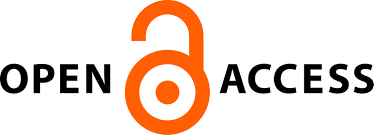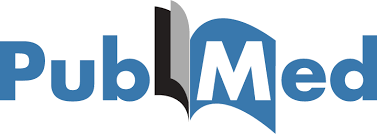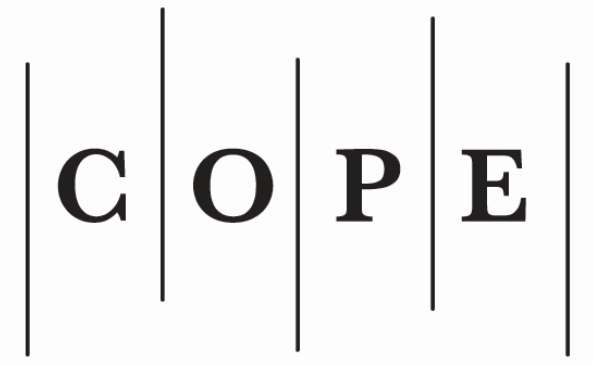Development of Creativity – An Investment to the Creative Society
##plugins.themes.bootstrap3.article.main##
Abstract
Purpose – Given the importance of the modern creative society, revealing the need for creativity in personality of education as a spiritual and intellectual elite exclusiveness, the role of visual expression, art, culture, historical knowledge and contemporary features, the teacher has the creator’s role of creativity in education in higher education institutions in Lithuania.
Design/methodology/approach – Scientist literature reveals that creativity is the learner’s property and for that purpose, the universities adapt their original and innovative teaching and learning methods. Based on the case study, the author of this paper discusses the role of visual expression in fostering creativity, creative methods of education, and looks at Mykolas Romeris University subject’s called “Creativity ability and activities” curriculum.
Findings – Creativity is not the exclusive property of talented people, but it is also available to each individual. Education and training can be an incentive and an obstacle to creativity. It is, therefore, necessary to create and adapt individual and original teaching and learning methods and an inquisitive society. A variety of methods is important in creative education. Education of art is the best way to reveal personal creativity. Teachers are artists, who provide a professional approach to their subject area. They are anexample of their life and work for a young person, the names of their famous universities in artistic creation, which is equivalent to faculty research scientists work.
Research limitations/implications – The article provides an overview of only one subject in “Creativity ability and activities” methodology of creativity in the educational process. In addition, feedback of only one course student is included (N-90).
Practical implications – In the creative process, students would see a positive selfassessment of their individual personality sides, understanding their own and other unique recognition and evaluation of self-discipline, emotional scale of the development and transfer of ideas, communication skills, ability to solve problems and apply knowledge.
Design/methodology/approach – Scientist literature reveals that creativity is the learner’s property and for that purpose, the universities adapt their original and innovative teaching and learning methods. Based on the case study, the author of this paper discusses the role of visual expression in fostering creativity, creative methods of education, and looks at Mykolas Romeris University subject’s called “Creativity ability and activities” curriculum.
Findings – Creativity is not the exclusive property of talented people, but it is also available to each individual. Education and training can be an incentive and an obstacle to creativity. It is, therefore, necessary to create and adapt individual and original teaching and learning methods and an inquisitive society. A variety of methods is important in creative education. Education of art is the best way to reveal personal creativity. Teachers are artists, who provide a professional approach to their subject area. They are anexample of their life and work for a young person, the names of their famous universities in artistic creation, which is equivalent to faculty research scientists work.
Research limitations/implications – The article provides an overview of only one subject in “Creativity ability and activities” methodology of creativity in the educational process. In addition, feedback of only one course student is included (N-90).
Practical implications – In the creative process, students would see a positive selfassessment of their individual personality sides, understanding their own and other unique recognition and evaluation of self-discipline, emotional scale of the development and transfer of ideas, communication skills, ability to solve problems and apply knowledge.
##plugins.themes.bootstrap3.article.details##
Section
Articles
- The Author grants to the Publisher the exclusive right and licence to publish this Article without remuneration until the expiry of the economic rights: to reproduce the article in print and digital form, including its publication; to disseminate the original version of the Article or its copies in Lithuania and foreign countries; to translate the Article; to publish the article, including making it publicly available via computer networks; to reproduce and publish the Article in Lithuanian and foreign databases; to licence usage of the Article in ways described in this paragraph.
- The Author warrants that the economic rights of the Author have not been assigned or granted to third parties, that the Article has not been published so far and is not under consideration of being published elsewhere.
- The Author warrants that the Article does not violate intellectual property rights of others.
- After the Article is published in Social Technologies the Author shall have a right to make it public on personal website or on a website of an institution of affiliation, to reproduce it for non-commercial teaching or scholarly research purposes, clearly indicating that the primary source of its publication is Social Technologies.
- This consent shall be considered invalid if the Editorial Board of the Social Technologies decides not to publish the Article.
Authors contributing to Social Technologies agree to publish their articles under a Creative Commons Attribution 3.0 Unported (CC BY 3.0) Licence, allowing third parties to share their work (copy, distribute, transmit) and to adapt it, under the condition that the authors are given credit, and that in the event of reuse or distribution, the terms of this licence are made clear.







